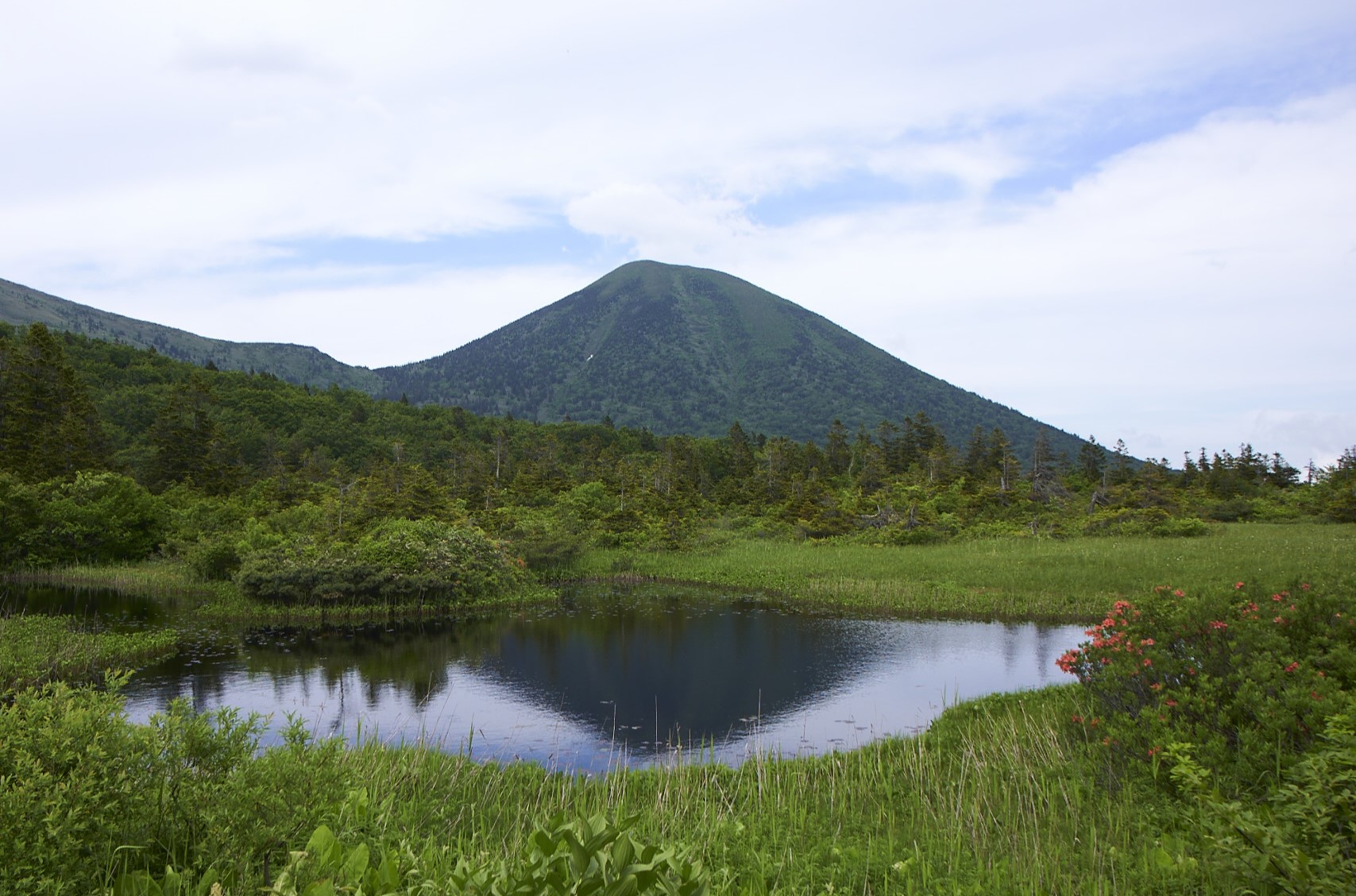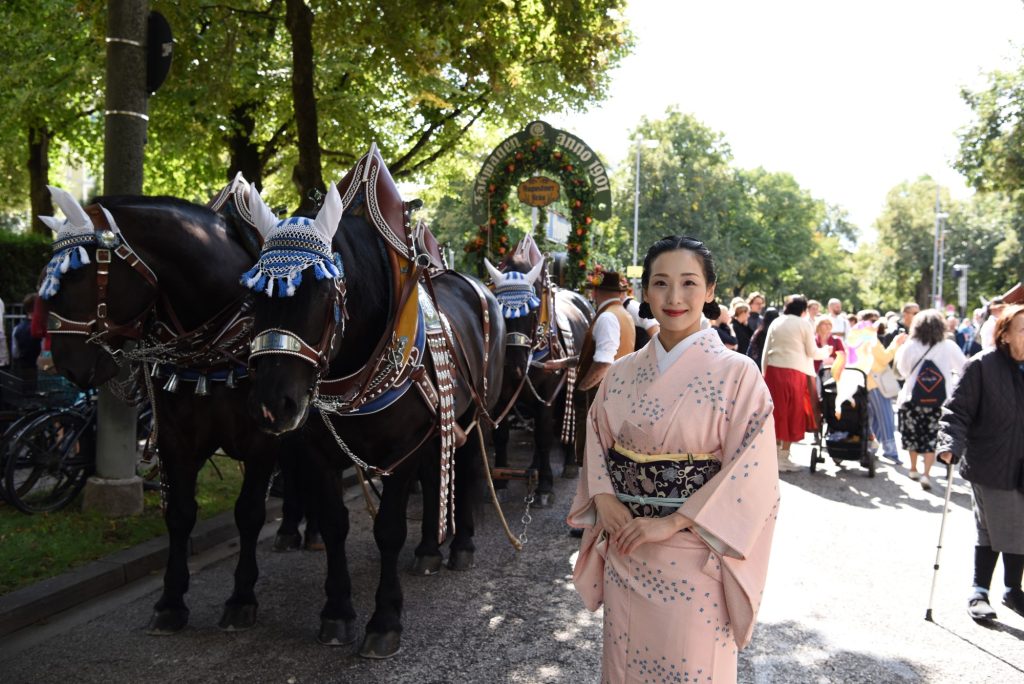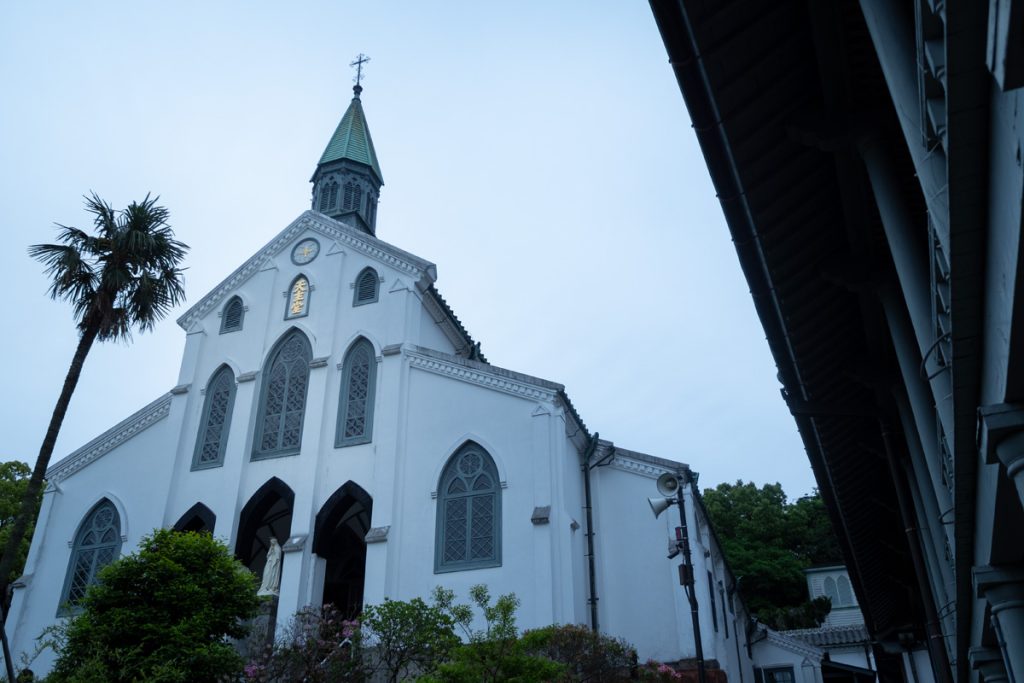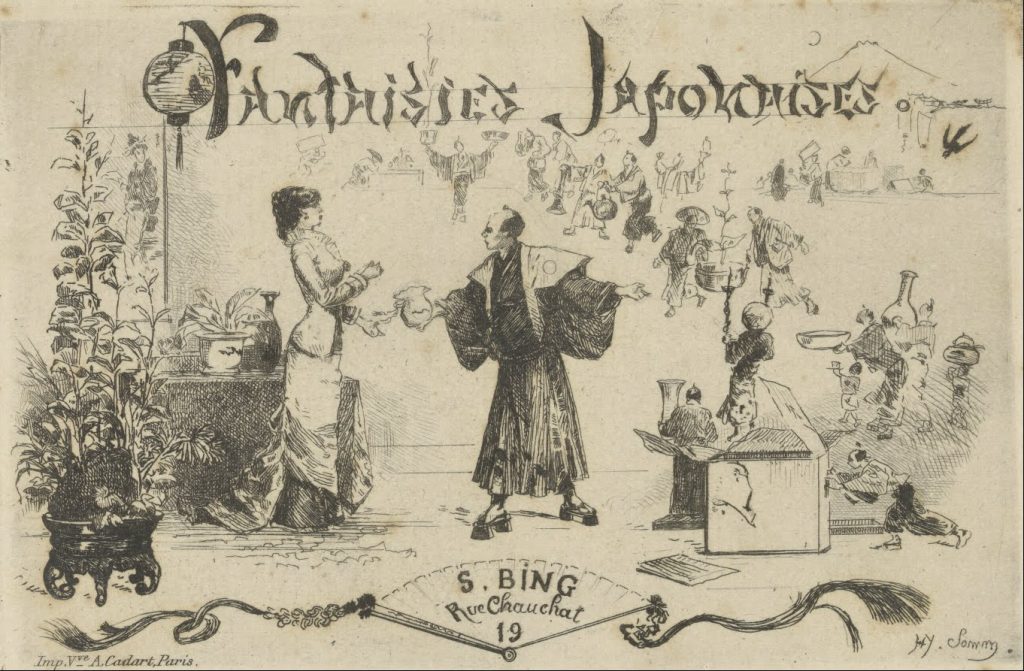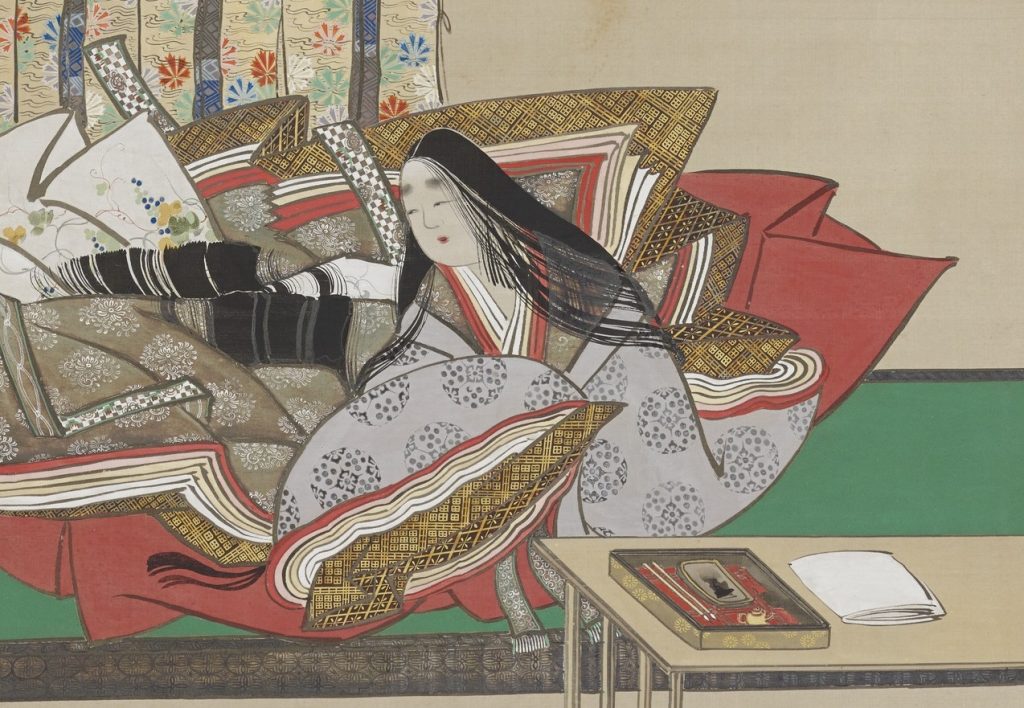The woodblock print artist Munakata Shiko (棟方志功), who was internationally popular in the Showa period, was a great artist with deep contemplation and kindness in the depths of his unique character. There are many places associated with Munakata in his home prefecture of Aomori, where he was born and raised.
Munakata Shiko loved the rich nature of Hakkoda
Munakata Shiko loved Hakkoda (八甲田) ‘s Sukayu (酸ヶ湯) Hot Springs, where he stayed for about 20 days every year for many years. In particular, he became good friends with Shikauchi Tatsugoro (鹿内辰五郎), the ‘Shikauchi-sennin (鹿内仙人)’ who worked at the hot spring, and deepened their friendship. When they climbed Mount Hakkouda together, Shikauchi played his flute and a large hawk appeared above their heads. “ This is the divine hawk. You will be the greatest in the world”, he told Munakata.
Today, nature trails have been built around the hot spring, and the area is dotted with sights such as Jigoku-numa, where highly acidic hot spring water gushes out, and Manjufukashi (まんじゅうふかし), where the steam from the hot spring warms your bottom. A short distance from the national road is Suiren numa (睡蓮沼), which Munakata said was his favourite place.
Suiren numa

Sukayu onsen ryokan
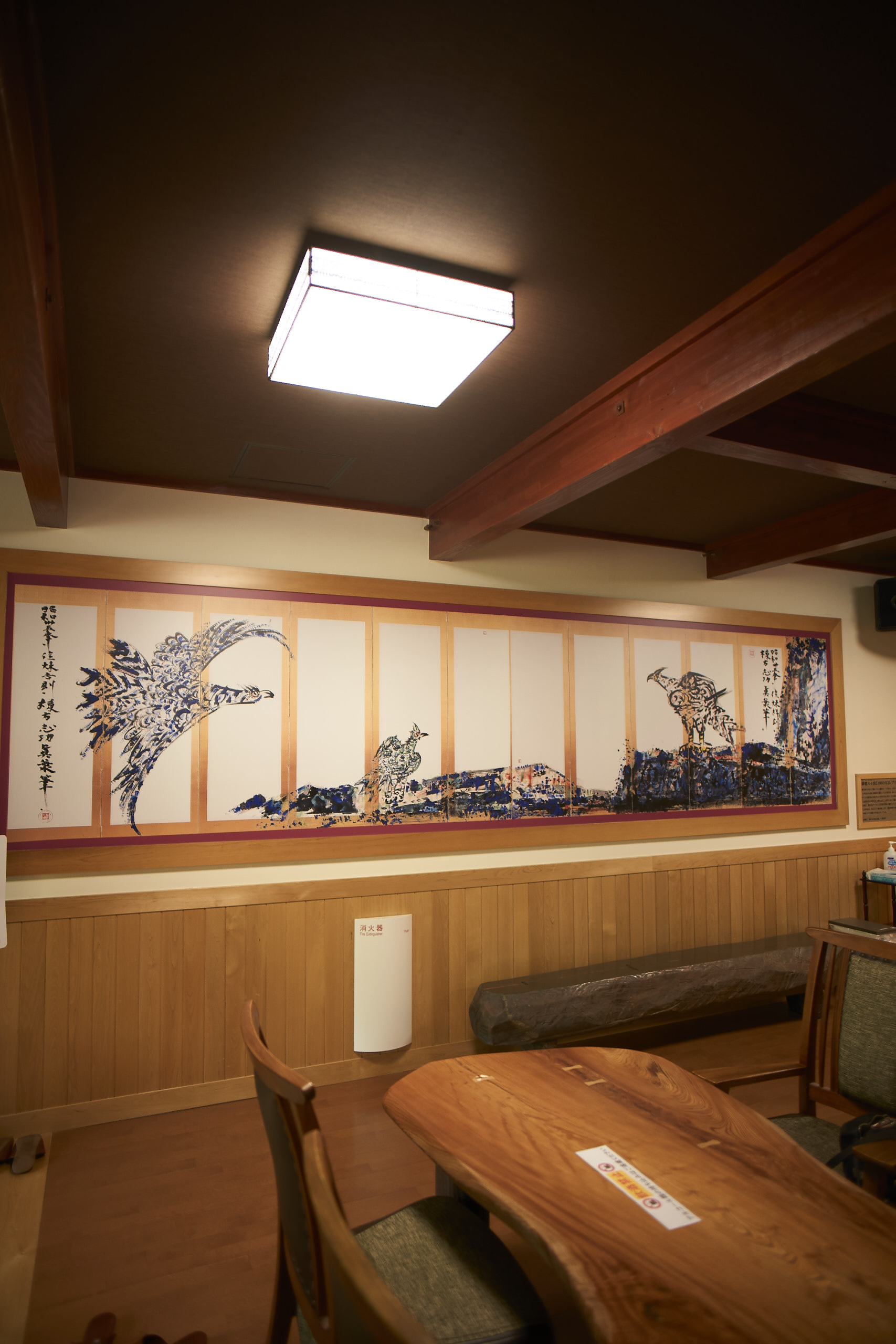
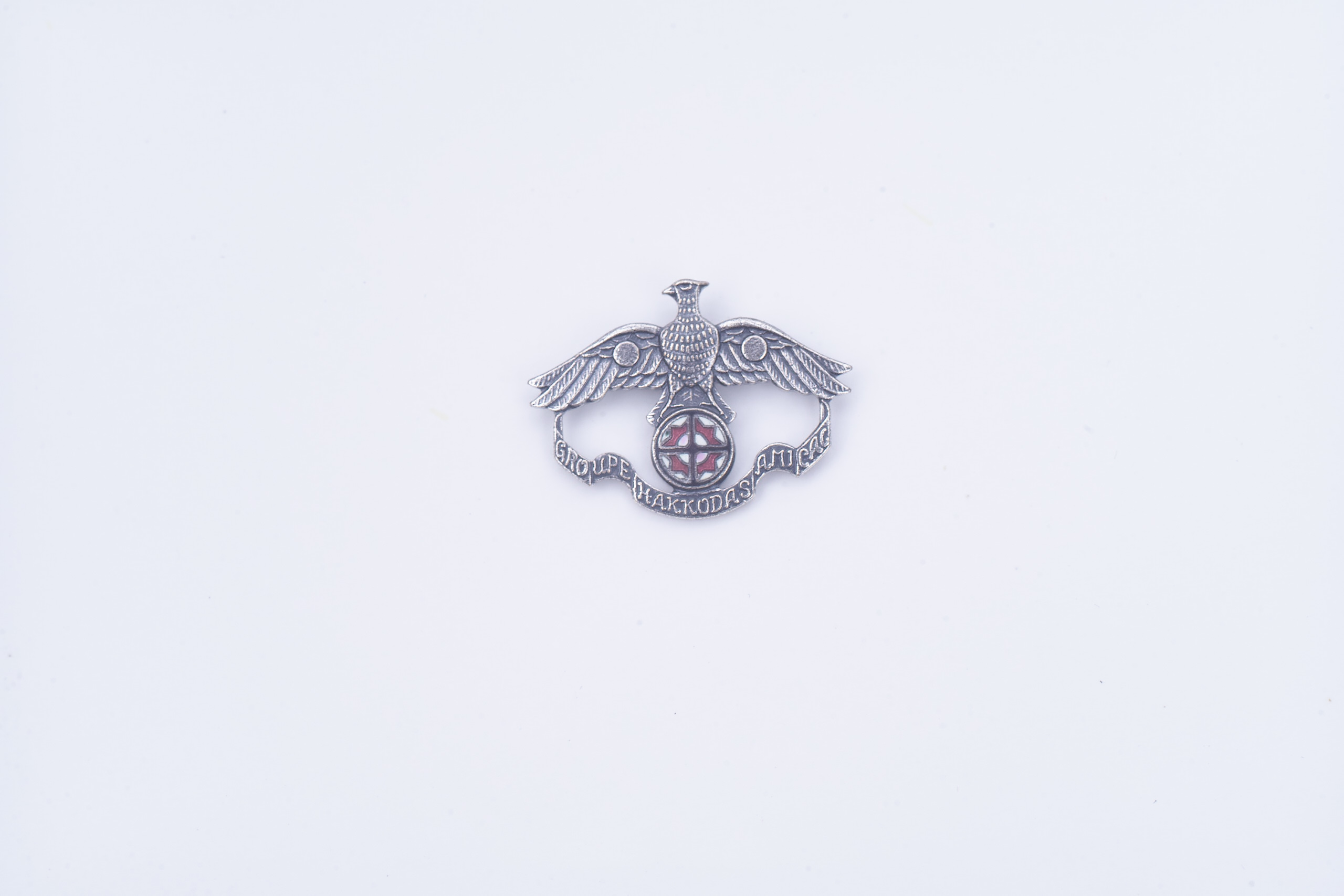

50 Kokuyurin Suyuuzawa, Arakawa-yama, Arakawa Minami, Aomori-shi, Aomori 030-0197
Tel: 017-738-6400
sukayu.jp
Hakkouda Hotel
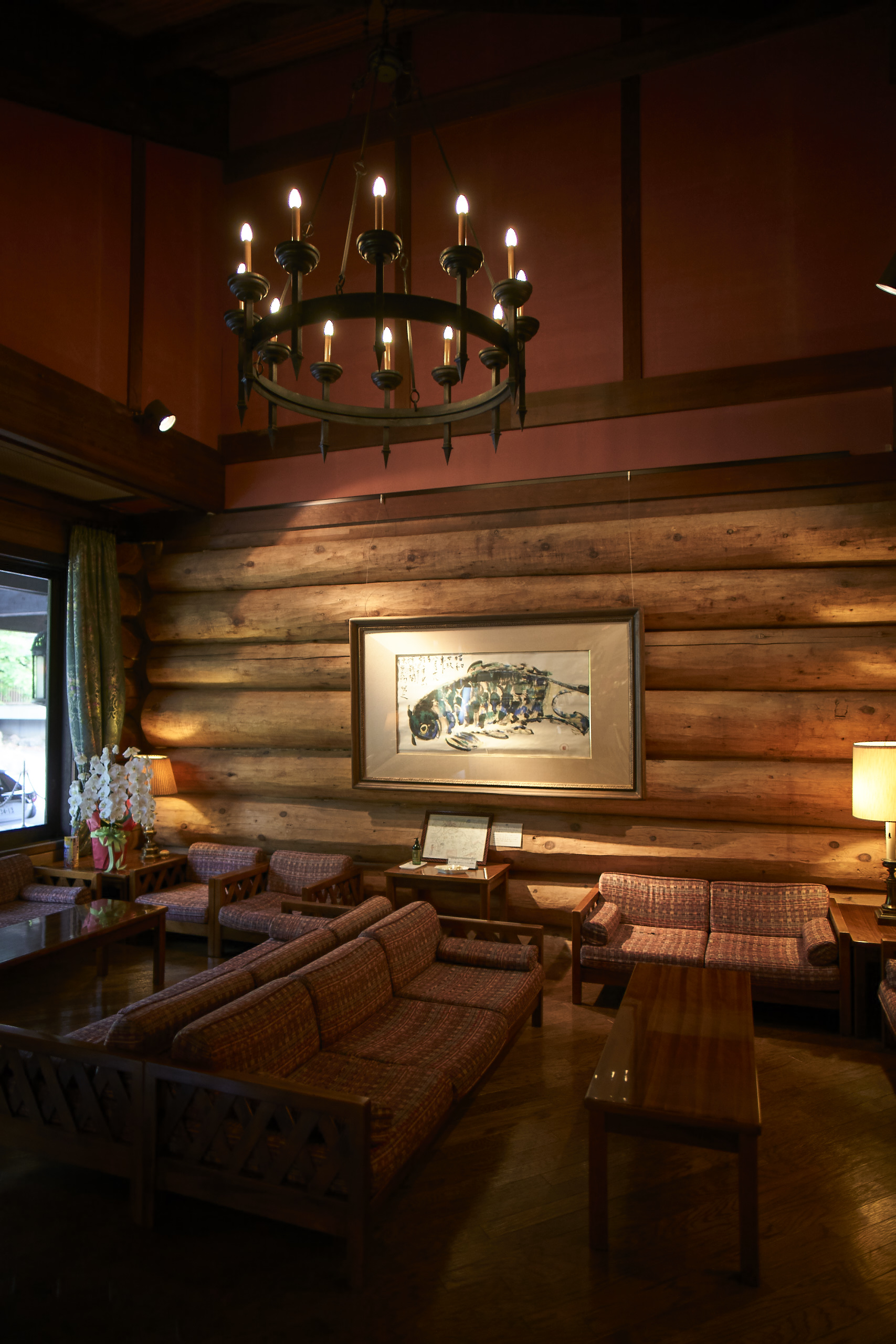
1-1 Arakawaminami Arakawayama, Aomori-shi, Aomori 030-0198
Tel: 017-728-2000
hakkodahotel.co.jp
Aomori City, where Munakata Shiko was born and raised
Munakata Shiko was born on 5 September 1903 in Aomori, the sixth of 15 siblings. His birthplace, where he ran a blacksmith shop, was located in front of the torii gate of the Utou jinjya (善知鳥神社) in the centre of the city, and Munakata spent every day of his childhood playing on the shrine grounds.
When Munakata started drawing, he frequented Gappo (合浦) park, a nature-rich park facing Aomori Bay, for sketching. The pine forests along the seafront, which would have been thin when Munakata was a boy, have grown and now serve as a splendid windbreak.
After moving to Tokyo at the age of 21, Munakata never lived in Aomori, but he frequently returned home and stayed in Hirosaki (弘前), Hakkoda, Asamushi Onsen (浅虫温泉) and other places in the prefecture, showing that he cherished Aomori’s nature, culture and people all his life.
Utou shrine
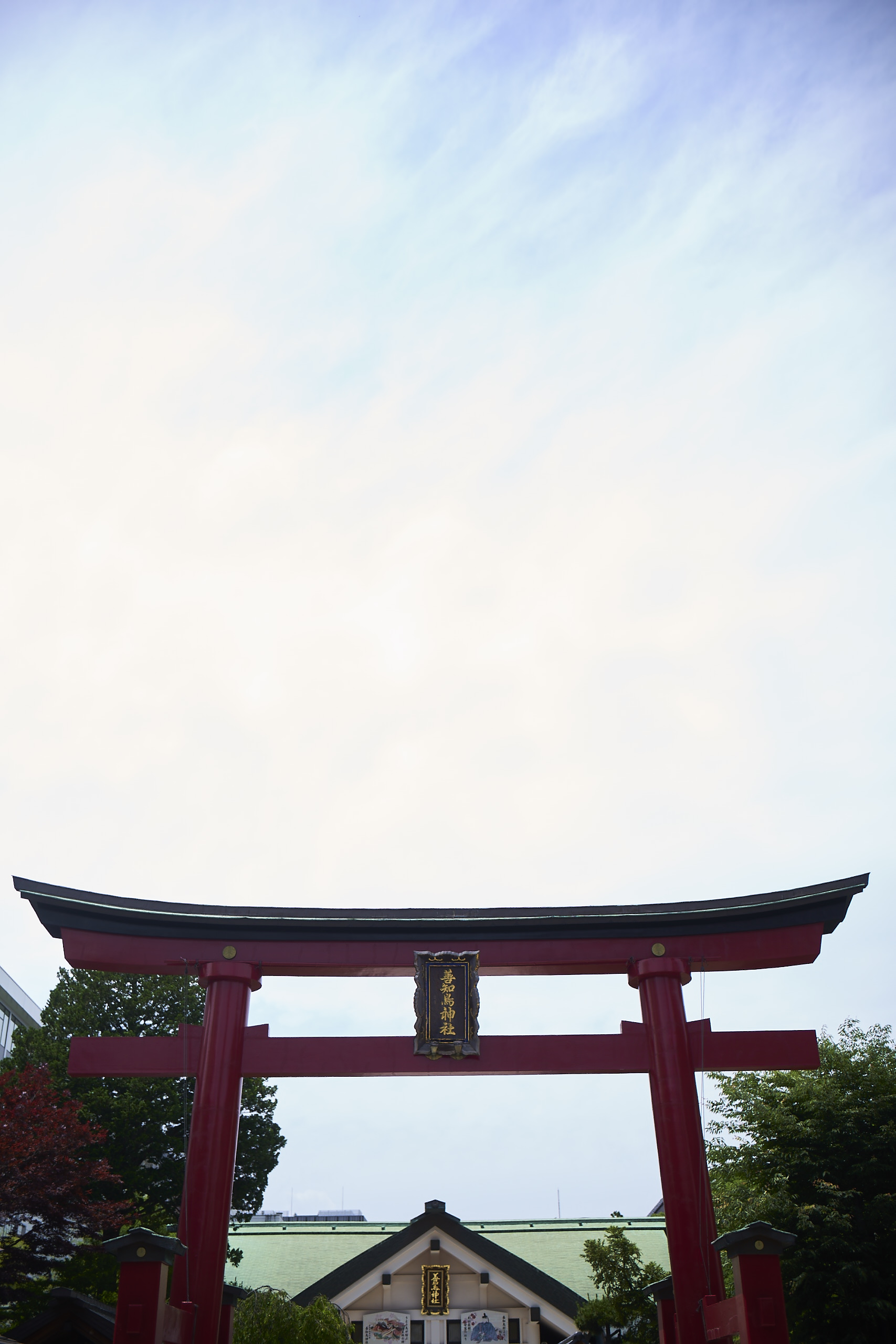
2-7-18, Yasukata, Aomori-shi, Aomori 030-0803
Tel: 017-722-4843
utojinja.sakura.ne.jp
Gappo park
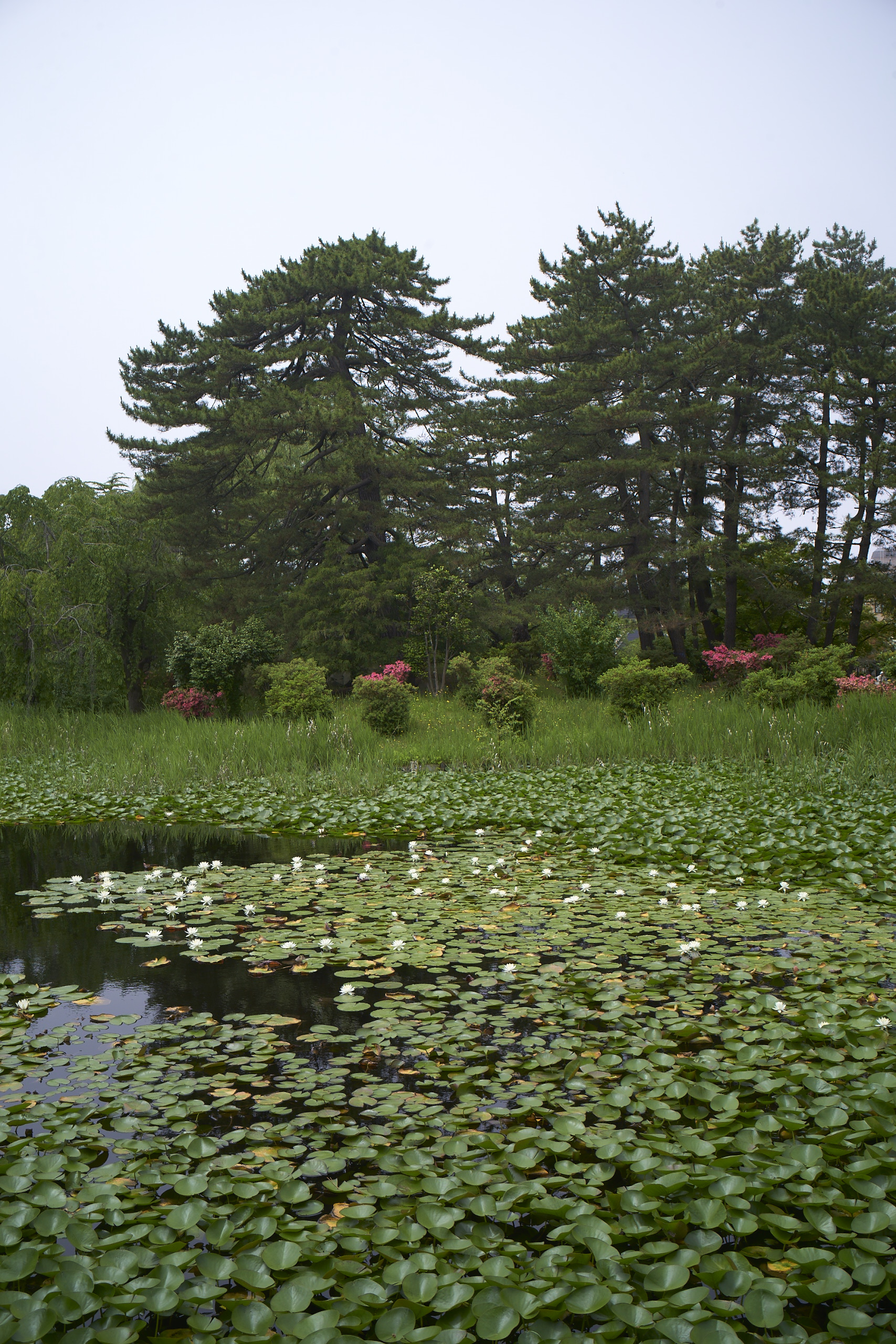
Munakata Shiko kinenkan (Memorial Museum)

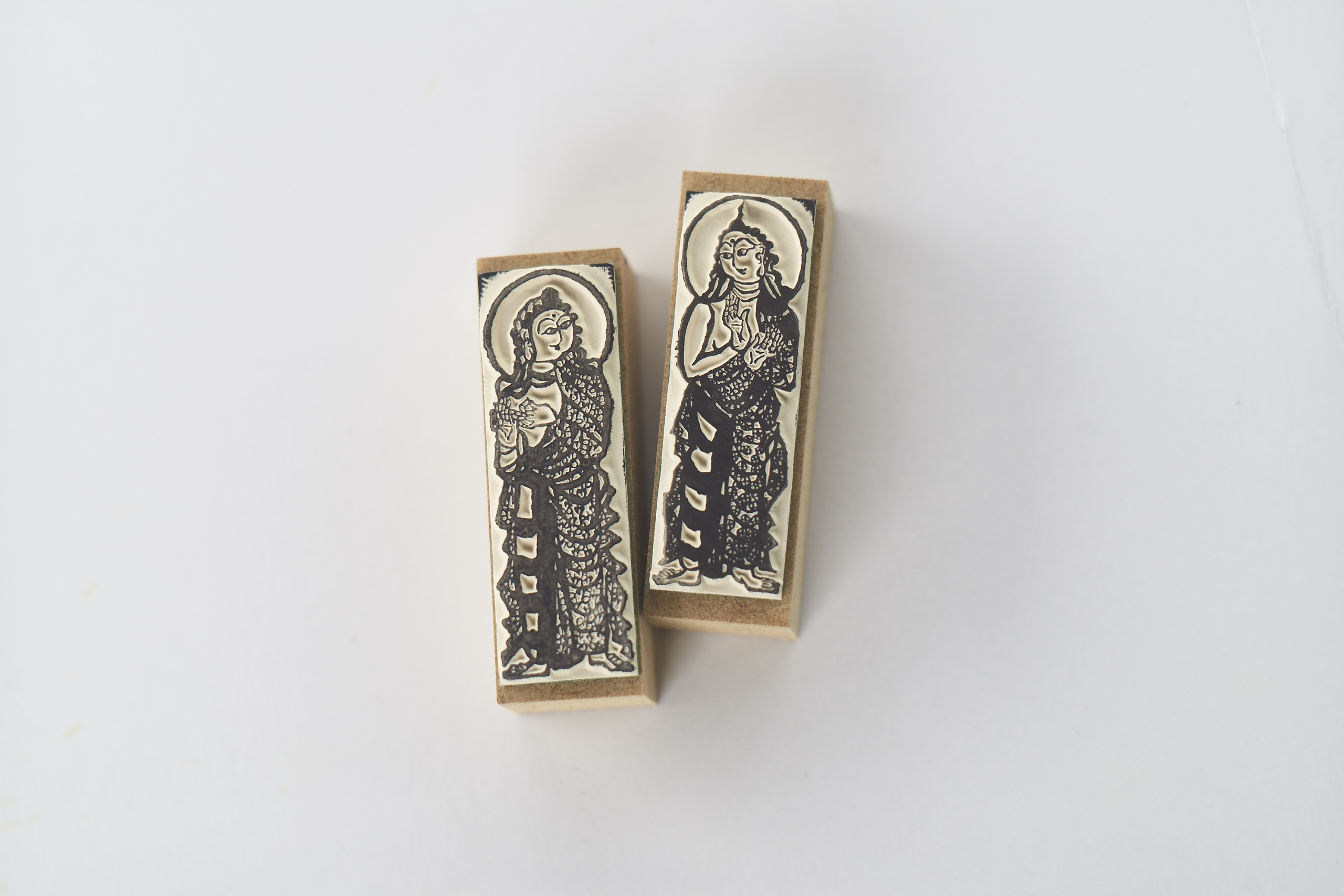
2-1-2 Matsubara, Aomori-shi, Aomori 030-0813
Tel: 017-777-4567
munakatashiko-museum.jp
Asamushi onsen tubaki kan
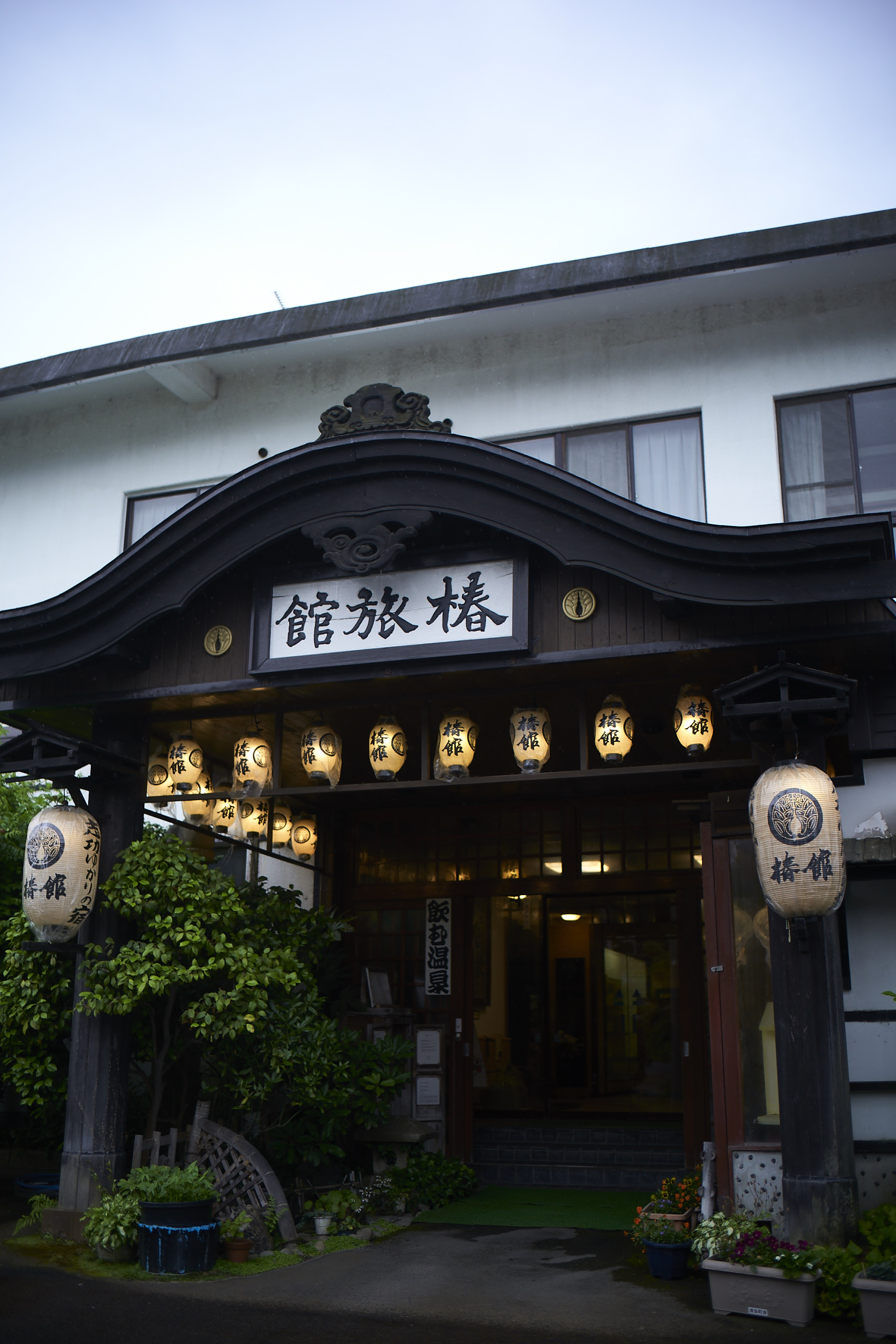
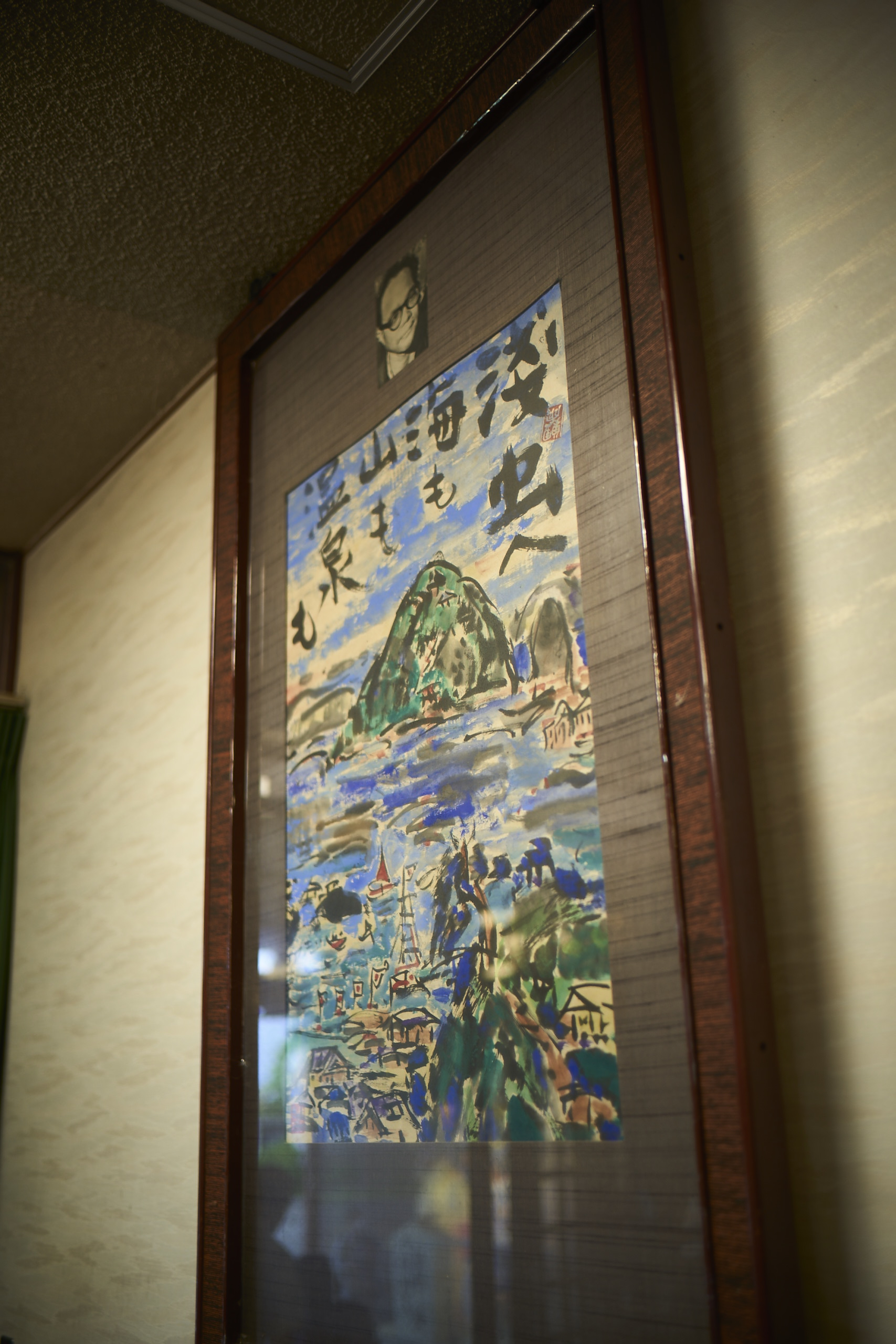
14, Asamushi Uchino, Aomori, Aomori 039-3501
Tel: 017-752-3341
https://www.810215.com/
Tsugaru craft store
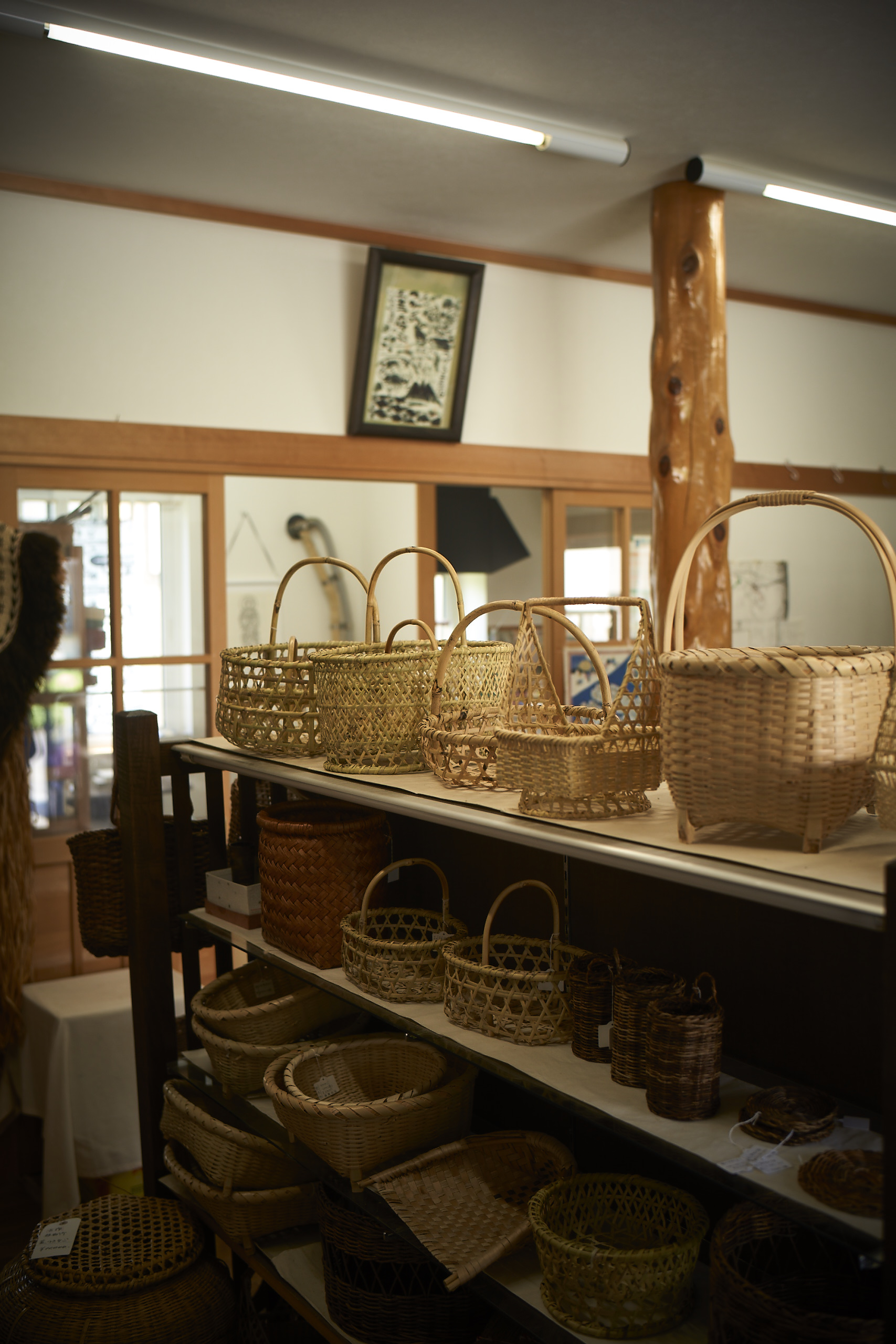
7-19-50 Sakuragawa, Aomori-shi, Aomori, 030-0945
Tel: 017-743-7009
komakino.jp/tugaru/index.html
The Aomori Museum of Art
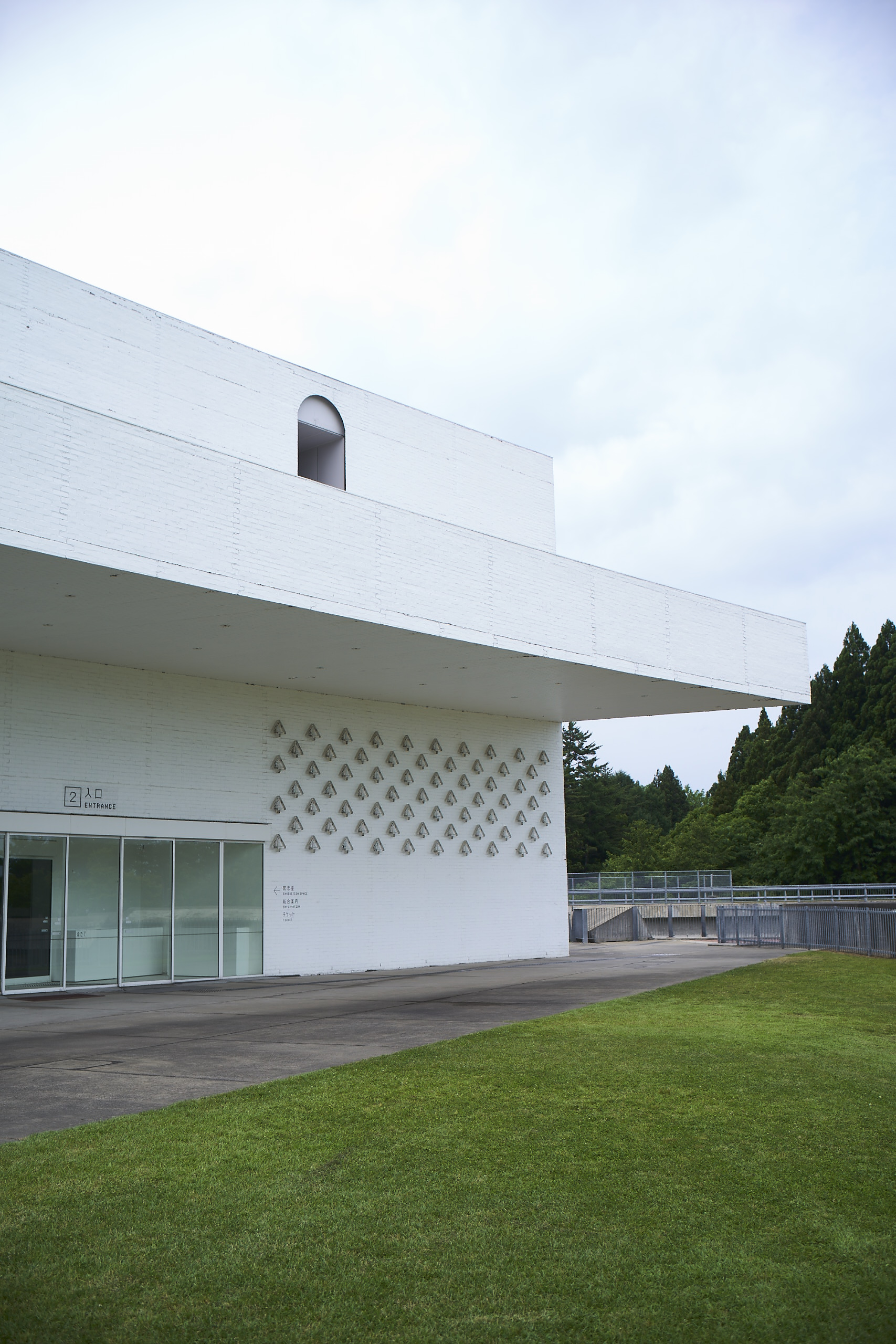

185 Chikano, Yasuda, Aomori 038-0021
Tel: 017-783-3000
aomori-museum.jp
Photography by Shinohara Hiroaki (篠原宏明) Composition by Takahashi Ayako (高橋亜弥子)
This article is translated from https://intojapanwaraku.com/travel/228451/






